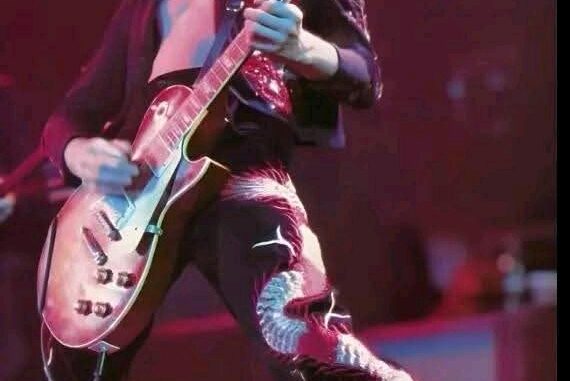
Before Jimmy Page became the riff-slinging mastermind behind Led Zeppelin, he was one of the most in-demand session guitarists in 1960s Britain — a secret weapon in the studio who helped shape the sound of an entire era of music.
Page began his professional music career at a remarkably young age. By his late teens, he had already built a reputation for being fast, precise, and versatile, with an uncanny ability to adapt to virtually any genre. Working out of studios like Olympic and IBC, Page quietly played on a staggering number of tracks, often uncredited, backing major artists and contributing to some of the era’s biggest hits.
Among his notable session work, Page contributed guitar parts for artists such as The Kinks, The Who, Petula Clark, Shirley Bassey, Donovan, and Tom Jones. He even played on Joe Cocker’s “With a Little Help from My Friends” and the film soundtrack for Goldfinger. Whether it was pop, rock, blues, or psychedelia, Page had the chops to enhance any track, adding that magic touch without overshadowing the lead artist.
Despite the steady work and musical diversity, Page grew restless with studio life. He craved something more creative and expressive. That hunger led him to briefly join The Yardbirds in 1966, eventually taking over the band and transforming it into what would become Led Zeppelin in 1968. He brought with him the professionalism and studio expertise from his session days, which helped give Led Zeppelin its distinctive layered sound.
His time as a session musician proved invaluable when Page began producing Led Zeppelin’s albums himself. He applied everything he had learned — mic placement techniques, dynamic control, and arrangement — to craft songs like “Dazed and Confused,” “Whole Lotta Love,” and “Stairway to Heaven” into studio masterpieces. His attention to detail and mastery of tone set a new standard for rock production.
Today, Jimmy Page is celebrated not just as a guitar icon, but as a pioneering producer and musical visionary. Yet, his legacy is grounded in those formative years behind the scenes — when he wasn’t the face of a band, but rather the sound behind countless classics.
Leave a Reply